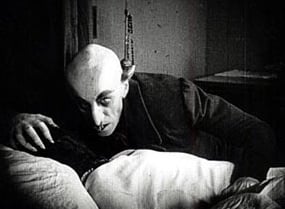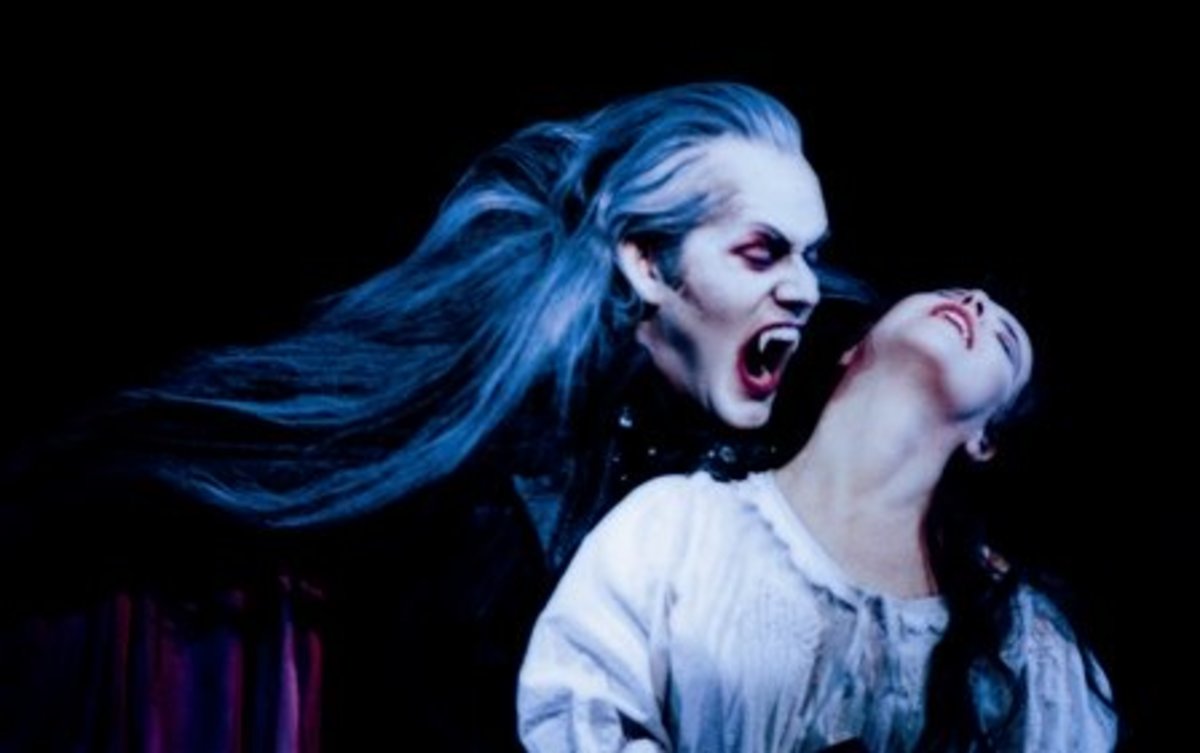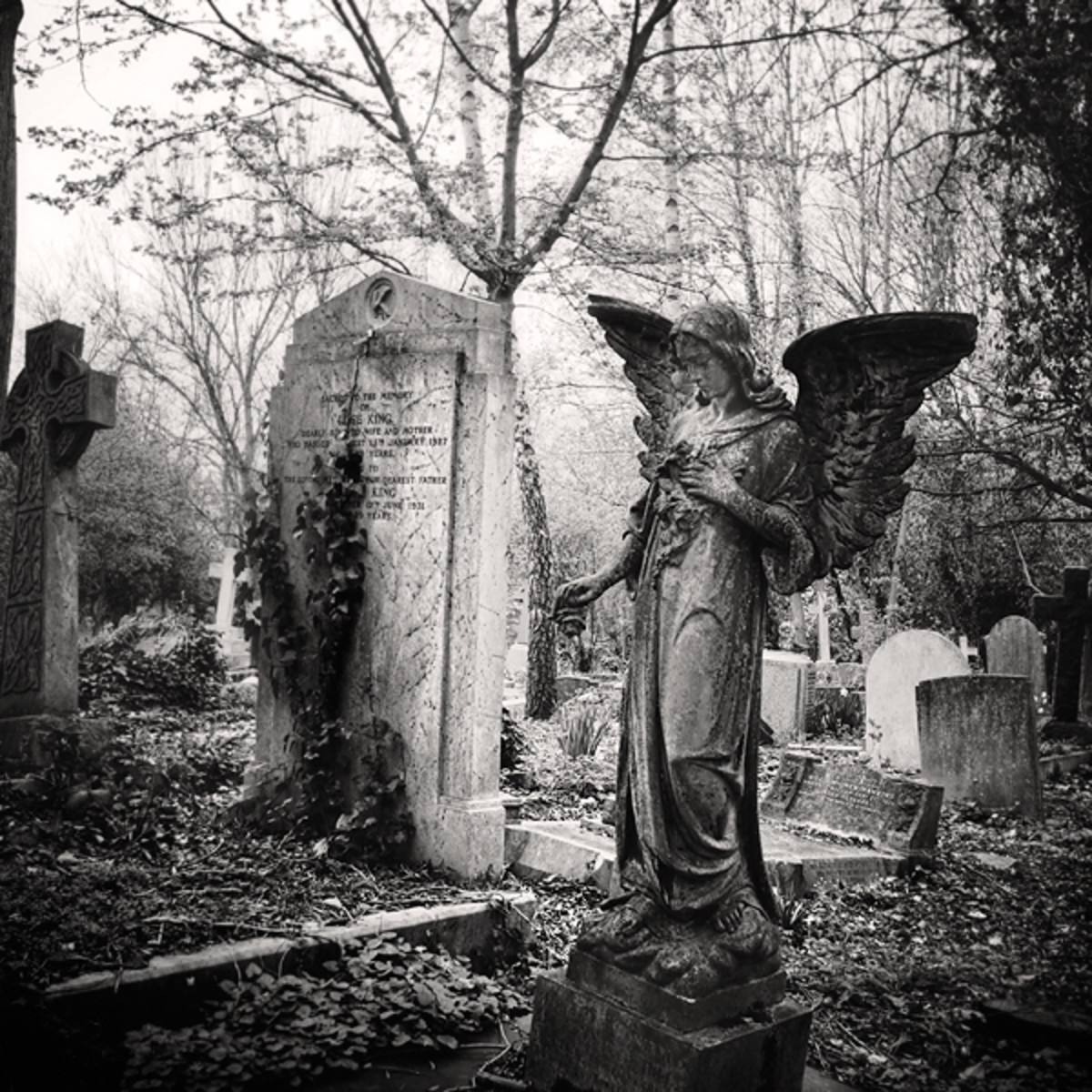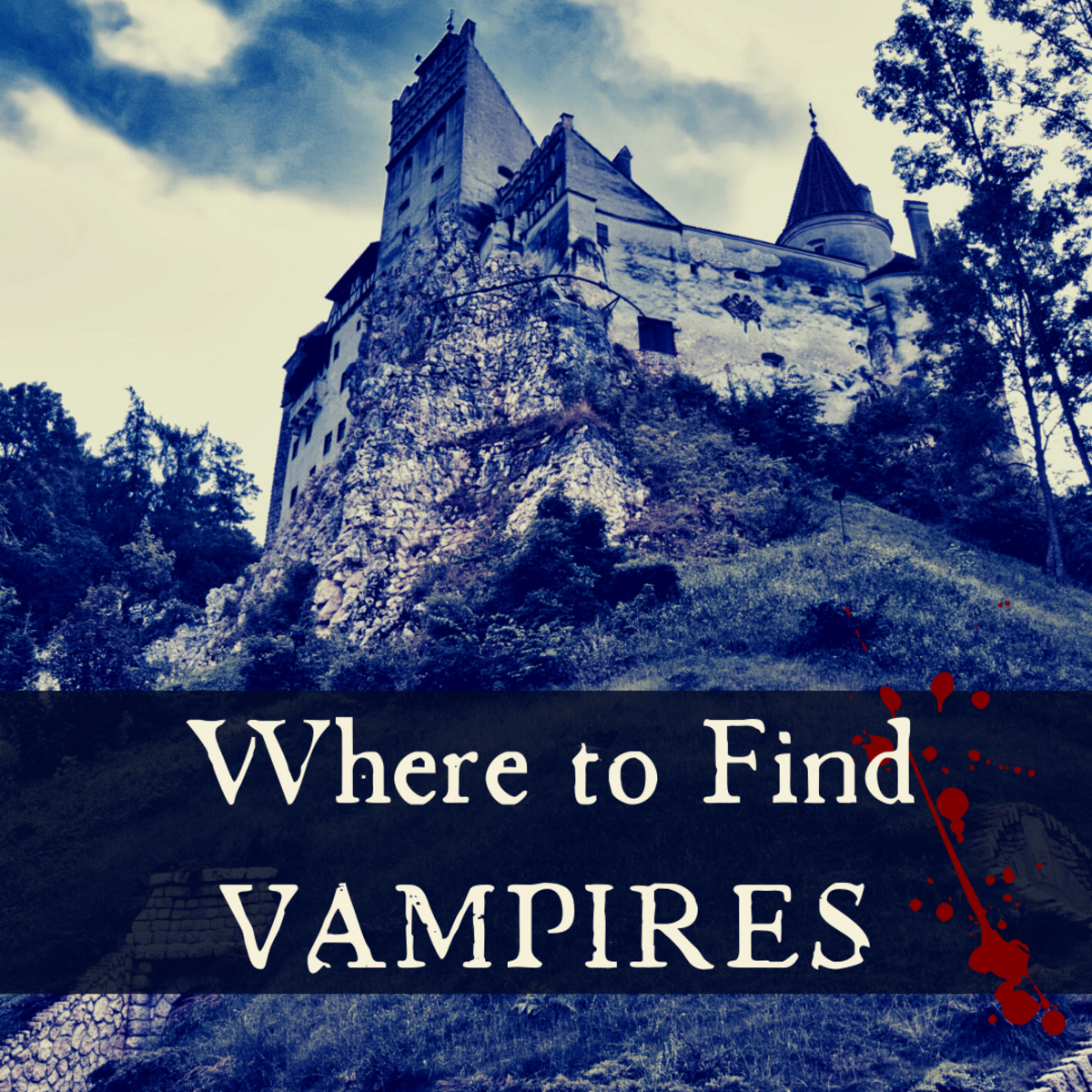Vampire - Romanian Myth Legend Reality

Count Dracula

Vampires and vampire legend play significant roles in the cultures of many areas around the world. These blood-sucking beings are most common in the cultures of Eastern Europe, although similar manifestations are reported in some Asian cultures as well as some ancient cultures. Vampire legends have a distinct background bridging several cultures and eras, making them some of the most compelling stories ever told.
From the beginning of history, vampire-like spirits and beings have been recorded. The Akhkharu were blood-sucking demons, written about back in the time of Sumer. The ancient Chinese wrote about "hopping corpses" which would go around and consume a victim's life essence (commonly known as chi). Even ancient Egyptian lore had a story where the goddess Sakhmet was consumed with bloodlust. From the earliest of times, vampire like beings have been prominent in folklore from several different cultures.
The first step in understanding vampire lore is to understand some of the biological reasons that may have led to such beliefs.
- Vampires in Culture
Even though vampires are assumed to be only legend, they have still strongly impacted our history and culture. Starting in 1721, various vampire outbreaks broke out around Europe. These events would... - The Vampire in Science
Vampirism isn't just connected to myth and legend. In science, the habit of drinking blood is called Hematophagy, and since blood is full of proteins and lipids (fats, etc) it can be a very nutritious meal.
Porphyria in Transylvania
One of the most plausible explanations for vampire myths is the disease porphyria, which occurred frequently in Transylvania.
Porphyria is a blood-related condition where a vital function of blood cells is lost. This results in rapid tissue damage, giving the victim a ghastly pallor and enlarged teeth due to gum damage. The effects of porphyria are greatly amplified upon exposure to the sun, making sun light a likely threat victims would try to avoid at all costs. It is also believed that certain strains of porphyria are associated with neurological conditions, which would result in insanity.
This condition also explains the practice of drinking blood, as these people would likely drink animal blood as a cure for the anemia associated with porphyria.

Vampire Costumes and Role Playing
There are a lot of people who just enjoy the Vampire mythos. Some even believe that creatures who live from human blood are real. They dress as a vampire, and behave as much as they can how they think a vampire would.
Most people who enjoy dressing in vampire costumes don't actually believe that vampires exist; at least not like the vampires we see on television and read about in novels.
An entire subculture has been born from the myths, legends and movies about the vampire.
You don't have to be a hardcore Vampire fan. If you're just looking for something cool for a party or for Halloween Vampire stuff is hot. Costumes, decorations... Wouldn't a Vampire themed masquerade party be cool?
Rabies
Another explanation for this legend is the disease rabies, as it leads to hypersensitivity, unusual sleep patterns, and intense sexuality.
Rabies is also associated with the compulsion to bite others, and a bloody foaming at the mouth. These two diseases could possibly explain the origins of vampire legends, and perhaps also why they are so widespread.
Do You Believe in Vampires?
Do you believe that Vampires really exist?
Slavic and Romanian Vampires
The most well-known versions of vampire myth are those of the Slavic and Romanian cultures, which, due to their proximity, are surprisingly similar. Both have several reasons that a person may become a vampire, such as unnatural death, birth defects, or conception on certain days.
Romanian legend gave rise to the belief that being bitten by a vampire would doom one to become a vampire after death. Both Slavic and Romanian myths hold the belief that, with the advent of a vampire, there would be deaths of livestock and family members of the vampire. The favored way to kill a vampire in these two myths is by driving a stake through the heart, decapitation, and if necessary, dismemberment. Slavic and Romanian vampire myths have given rise to the most popular world-view of vampires.









